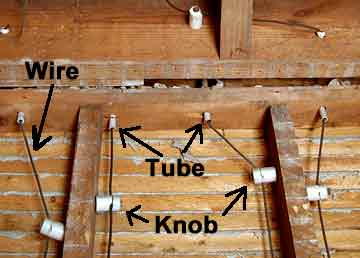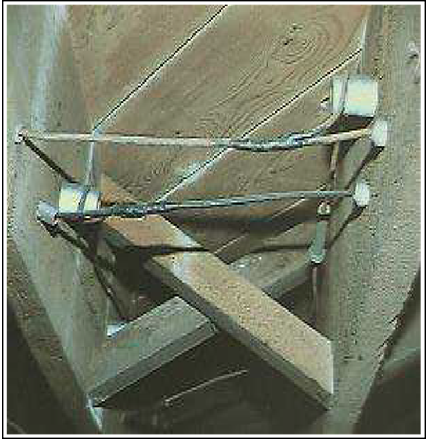UNDERSTANDING THE ELECTRICAL SYSTEM
A home’s electrical system often originates at the main service panel. It then is divided into branches, called circuits, and connected by wires to wall outlets, appliances and switches throughout the house. Conductors, like copper and aluminum, are what carry electricity. Materials that are not good conductors of electricity are glass, rubber, plastic, ceramic, wood and paper, but are considered insulators.
In order for an electrical system to be safe, it must be properly installed or repaired according to a “Building Code”. As new materials and devices are known, the code is then updated to ensure the latest safety standards.
To determine the service voltage, count the number of wires connected to the service entrance. This carries the current from the service drop to the electrical equipment. Two wires designates a 120 volt service and three wires indicate available both 120 volt and a 240 volt service. Most small appliances and lights operate on 120 volts but heavy duty electrical appliances such as ovens, heat pumps, and clothes dryers require 240 volts. The amperage is determined by the size and the type of service entrance cable.
The electrical meter measures the usage of electricity in units called watts. These are equivalent to the number of volts times the number of amps. The hydro company then charges you for the amount of units used according to the meter readings.
The main service panel is usually located on a wall close to the central command post of your electrical system. Power flows to the outlets throughout the house from this panel. Some electrical systems have a single switch, lever or handle called the main disconnect which can shut off all the power in the house. Others may have up to six disconnects to shut off all the power. A single disconnect will usually be located very close to the electric meter whereas multiple disconnects are always located on the panel. It is important to know the type, number, location and operation of the main disconnect(s) in the event of an emergency or for any electrical work that is being done.
Every electrical system must be grounded so that in case of a faulty appliance, worn insulation or a voltage surge caused by a lightning strike, the electricity will be discharged into the earth instead of into the house or a person. System grounding is connecting the neutral wires from all the electrical circuits to a metal strip in the main service panel called the neutral bus bar. This in turn is connected by wire to a rod driven into the earth, or a metal cold water supply which goes into the earth.


